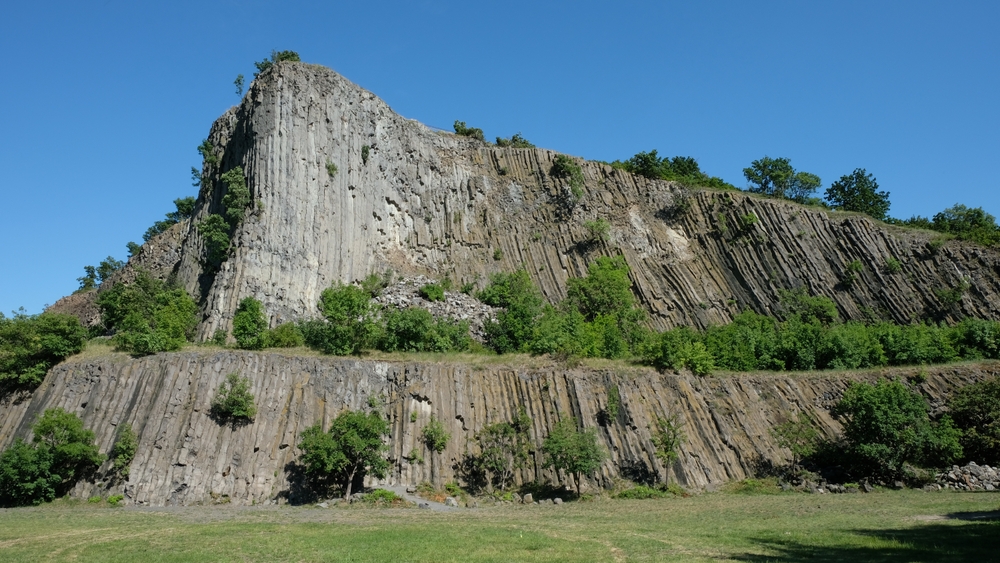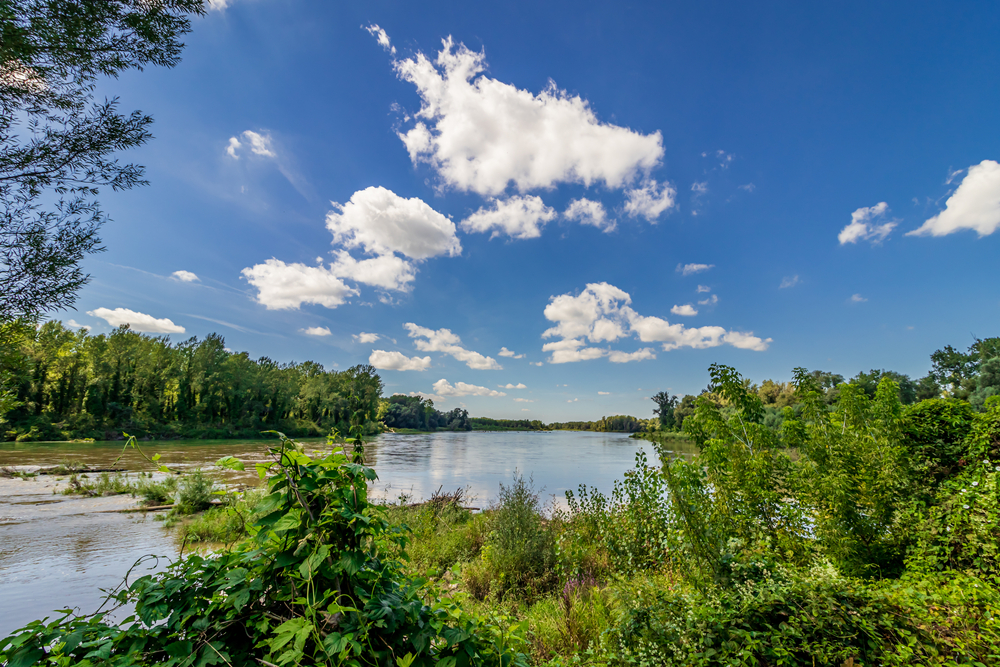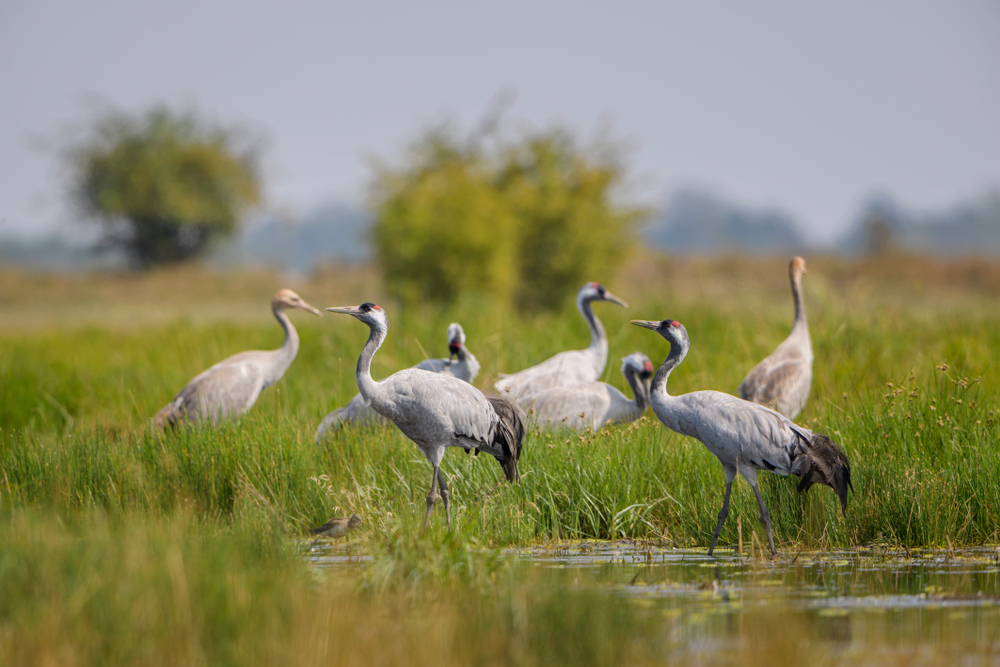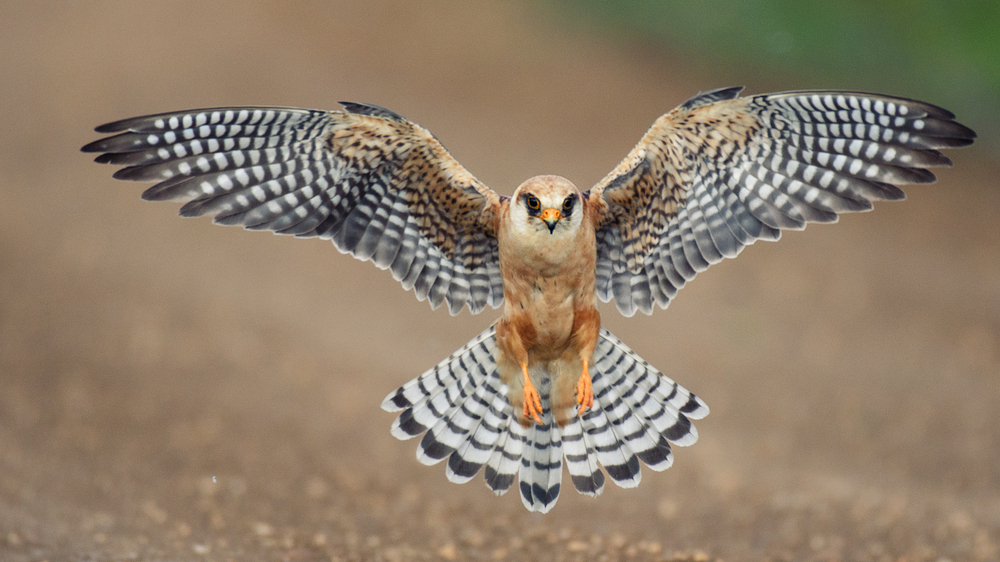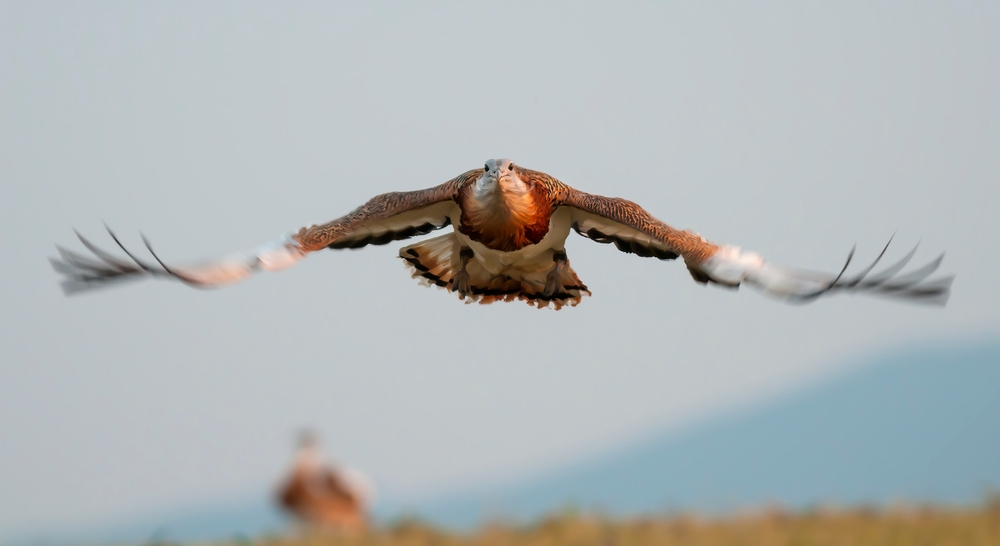Őrség Overview
Őrség National Park, known locally as Őrségi Nemzeti Park, is a remarkable protected area in western Hungary, near the borders of Austria and Slovenia.
Covering approximately 167 square miles (430 square kilometers), this national park was officially designated in 2002 to preserve the unique landscapes, cultural heritage, and biodiversity of the Őrség region.
The park is named after the historical Őrség area, which translates to “Guard’s Region,” reflecting the early Hungarian border guards who settled here during medieval times. Its location in Vas County makes it one of Hungary’s most ecologically diverse regions, offering visitors a mix of natural beauty and centuries-old traditions.
The landscape of Őrség National Park is characterized by rolling hills, vast meadows, dense forests, and small rivers, with the Rába River playing a central role in the park’s ecosystem. The undulating terrain is home to extensive oak, beech, and alder forests, while colorful wildflower meadows burst into bloom during the warmer months.
A defining feature of the park is its wetlands and moorlands, which support a variety of plant species, including rare orchids, marsh gentians, and carnivorous plants like sundews. The park’s mosaic-like landscape is dotted with traditional wooden farmhouses, small villages, and medieval churches, adding to its rich cultural tapestry.
Wildlife enthusiasts will find Őrség National Park a haven for diverse fauna. Among its most notable mammals are the red deer, roe deer, and wild boar, which roam the forests and open meadows. The elusive European otter can sometimes be spotted near rivers and streams, while the park’s many ponds provide a habitat for amphibians like the fire salamander and European tree frog.
Birdwatchers will appreciate the park’s impressive avian population, which includes black storks, lesser spotted eagles, Eurasian hoopoes, and red-backed shrikes. The wetlands and lakes also attract migratory birds, making it a rewarding destination for birdwatching year-round.
One of the most popular attractions in the park is the Őrségi Skanzen, an open-air museum that showcases the region’s traditional architecture and way of life. Visitors can also explore the picturesque villages of Őriszentpéter, Szalafő, and Magyarszombatfa, where artisans continue centuries-old crafts such as pottery and weaving.
The park is renowned for its pumpkin seed oil production, a local specialty that visitors can sample in various villages. Another highlight is the Pityerszer Nature Reserve, where wooden houses with traditional thatched roofs offer a glimpse into the region’s rural heritage.
Hiking and cycling are among the most popular ways to explore the park, with well-marked trails leading through forests, meadows, and historic sites. Canoeing along the Rába River provides a different perspective on the landscape, while guided wildlife tours allow visitors to observe rare species in their natural habitat.
During autumn, the forests become a spectacular display of colors, making it an ideal time for nature photography and leisurely walks.
Conservation efforts within Őrség National Park have focused on preserving both natural ecosystems and cultural heritage. Programs aimed at protecting wetlands, native forests, and endangered species have been successful, while sustainable tourism initiatives promote environmentally friendly visits.
Challenges such as climate change and habitat fragmentation remain ongoing concerns, but active management strategies and community involvement help to mitigate these threats. The park’s balance between nature and tradition makes it a unique and valuable destination for those seeking both environmental and cultural richness.












































































